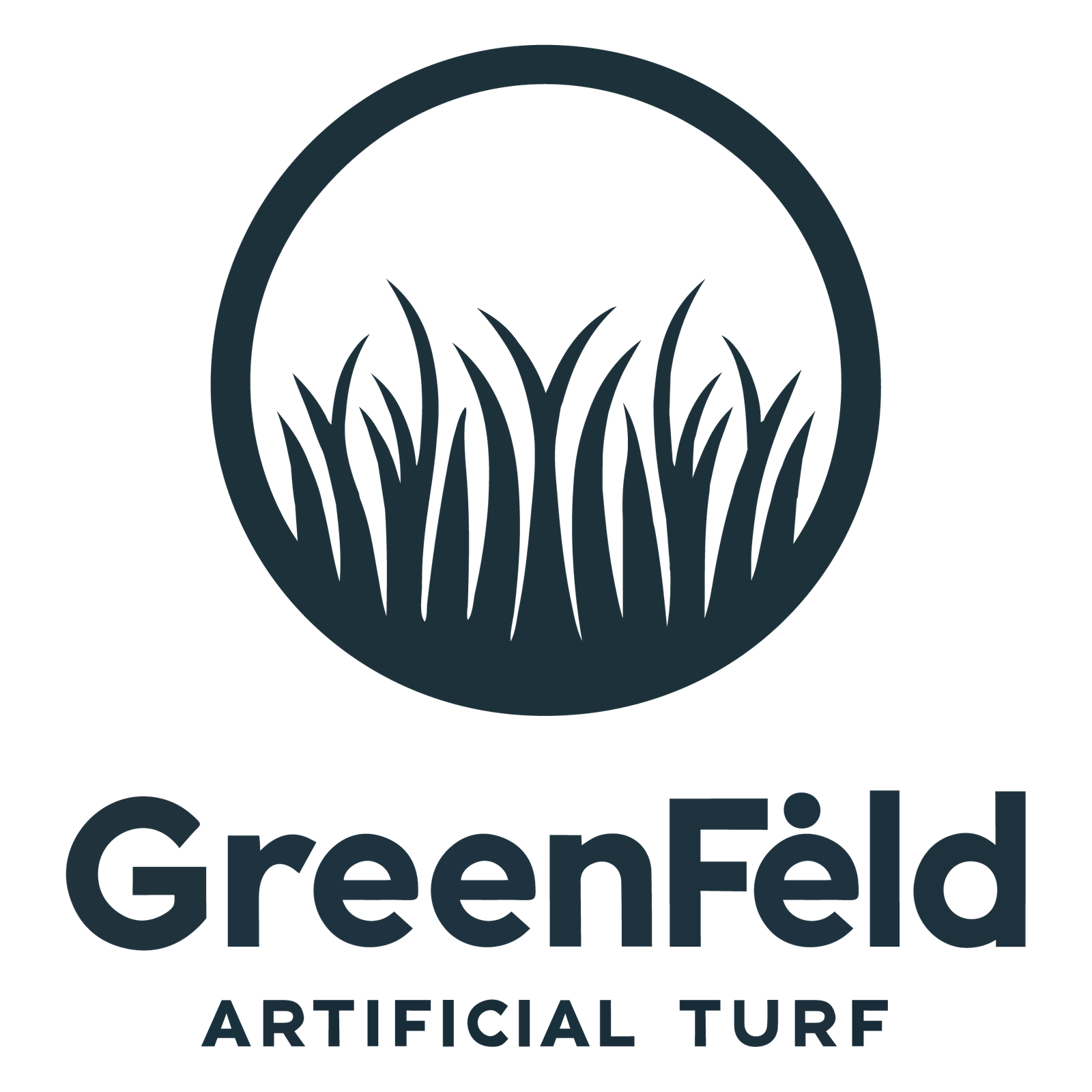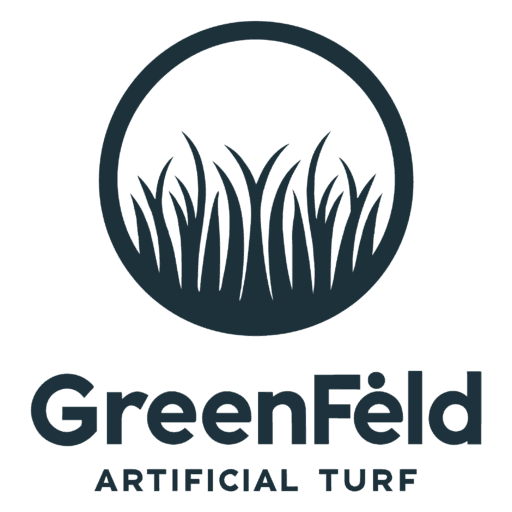People often worry about cancer risks from artificial turf. When rumors surface, fear grows. I have seen both sides. Today, I will address concerns and reveal important truths.
For most individuals, artificial turf is safe, and scientific data does not show a direct link to cancer. Modern products are tested for heavy metals and harmful chemicals, reducing possible hazards. To stay protected, people should check quality standards and consult specialists to pick reputable products.
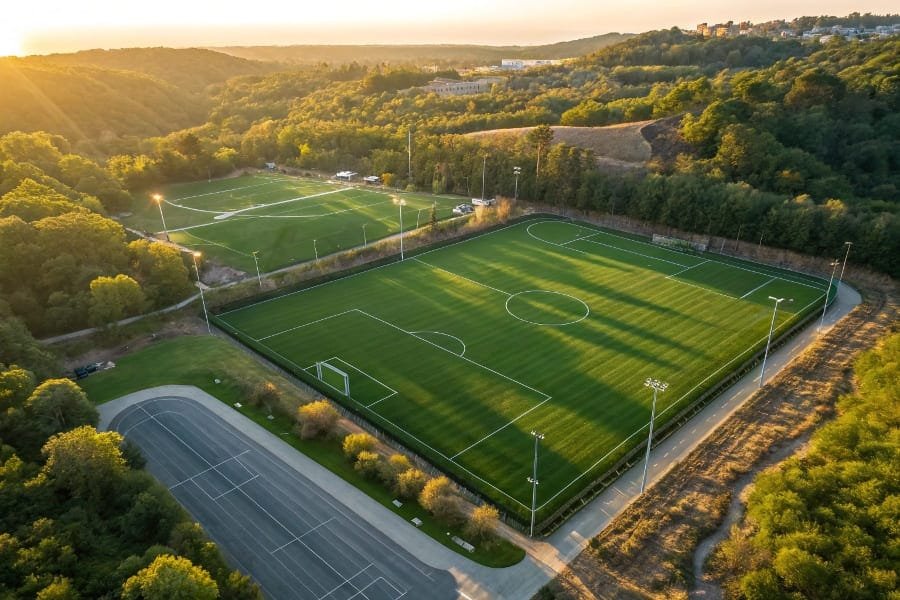
artificial turf
Although experts continue to research, I want to clarify the uncertainties. In the following sections, I will explain how artificial turf might affect health and help you decide wisely.
Is artificial turf toxic to humans?
Many people fear that artificial grass holds hidden dangers. I have heard stories of toxic ingredients and severe reactions. Let us look at the facts to reduce the panic.
Most artificial turf products meet safety standards and pass chemical tests. However, low-quality turf may have harmful chemicals like lead or phthalates. To avoid these, check certifications and choose reputable suppliers. I emphasize consistent maintenance and cleaning to prevent bacterial buildup, ensuring a safe environment for families and businesses.
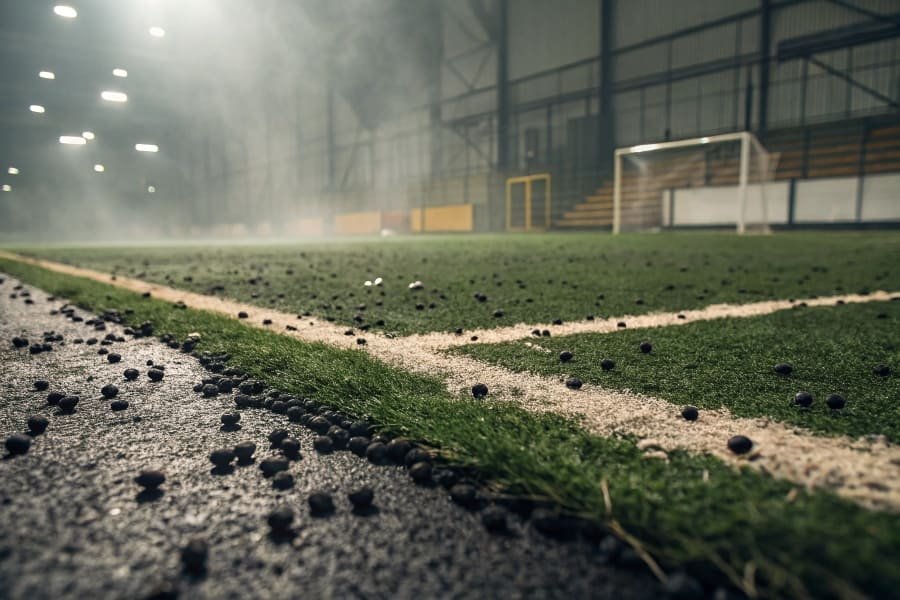
artificial turf toxic
Understanding Common Materials
Artificial turf often contains polyethylene fibers, rubber infill from recycled tires, and a backing layer for structure. Polyethylene is generally considered safe, but concerns arise from crumb rubber used in infill. Some people worry about volatile organic compounds (VOCs) released under high temperatures. I have found that modern manufacturing methods reduce VOC emissions and enhance safety. Regular testing and consistent standards help ensure the final product is non-toxic.
Safe Use Tips
It is wise to rinse the turf regularly, especially in warm climates. This helps remove dirt and potential residues. For those with allergies, I recommend opting for turf brands that include anti-microbial treatments. This lowers the chance of bacterial growth. A professional installer can also check soil conditions and use a proper drainage system to minimize puddles.
| Potential Concern | Explanation | Prevention Tips |
|---|---|---|
| VOC Emissions | Released by some rubber infills | Use modern, low-VOC turf, ventilate area |
| Heavy Metals | Found in older or cheap products | Choose certified, reputable suppliers |
| Bacterial Growth | Forms on damp surfaces | Regular cleaning and draining |
Is artificial turf linked to lymphoma?
News stories about athletes with cancer sparked fear that synthetic fields cause lymphoma. These concerns worried many people, including me. We will sort through the myths and the facts.
There is no confirmed proof that artificial turf causes lymphoma. Researchers have studied athletes who spent years on synthetic fields without finding a clear connection. Some factors, like genetic predispositions and other environmental risks, likely play a bigger role. I suggest following ongoing studies and adopting safe usage practices.
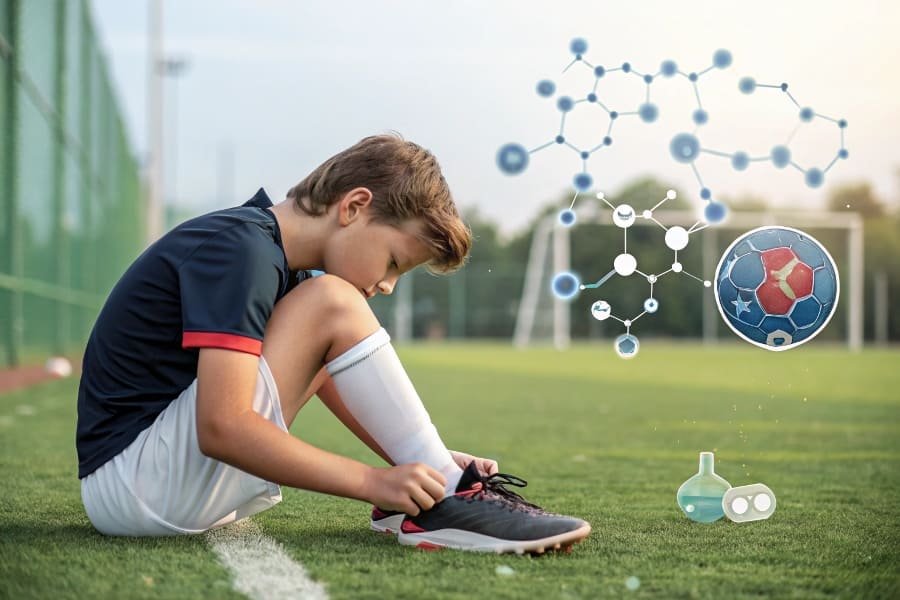
artificial turf lymphoma
Investigating the Research
Worries about lymphoma often arise from anecdotal reports. In my own experience talking with health professionals, I learned that scientific studies focus on whether crumb rubber infill or certain chemicals might prompt cancer. As of now, data does not confirm a direct cause-and-effect relationship. However, experts continue to gather information and refine testing methods.
Practical Health Measures
Even if risk is low, it is wise to minimize possible exposure to toxins. Users should avoid prolonged, unnecessary contact with crumb rubber, especially on hot days. Good hygiene, like washing hands after sports, lowers any potential hazards. I also recommend choosing turf systems that meet strict safety criteria and avoiding inferior products. An annual inspection by professionals ensures the turf remains in top condition. If owners see damage or worn areas, they can address them early and prevent extra risk.
| Concern | Research Status | Action |
|---|---|---|
| Lymphoma Claims | No proven link | Keep informed, use quality turf |
| Crumb Rubber | Potential chemicals | Limit prolonged contact |
| Overall Safety | Generally secure | Conduct regular checks |
Is it worth getting artificial grass?
Consumers wonder if the convenience and appearance justify the investment in artificial grass. I had the same question when I began my business. Let me share insights.
Yes, artificial grass can be worth it for many buyers. It saves time and water, reduces maintenance costs, and looks green all year. Buyers must weigh the initial expense against long-term savings. I suggest examining warranty terms, drainage features, and whether the product meets local environmental rules before deciding.

artificial grass worth
Weighing Pros and Cons
Artificial grass brings neat, uniform looks that appeal to property owners. It eliminates the need for watering, mowing, and fertilizers. I found that, in some areas, real grass struggles with climate extremes. However, artificial grass has its drawbacks. The initial price might be higher than a natural lawn setup. Over time, though, many people recoup this cost through lower upkeep expenses. Also, synthetic turf might heat up under intense sun, requiring occasional cooling methods.
Environmental Factors
Although artificial grass helps conserve water, the materials are generally plastic-based. There are eco-friendly options that use organic infills or partially recycled components. I believe choosing a reliable supplier who offers environmentally mindful products is critical. I also advise verifying disposal options, as older turf can be recycled or repurposed rather than sent to a landfill. Regular inspection remains important, ensuring the turf stays free of debris and functions correctly.
| Factor | Advantage | Potential Drawback |
|---|---|---|
| Maintenance | Less mowing, watering needed | Can still require cleaning |
| Installation | Quick, uniform appearance | High upfront investment |
| Environmental | Saves water | Made of synthetic materials |
Conclusion
I have seen how artificial turf can address modern landscaping needs. Considering health, quality, and budget, it can be a reliable choice if we make informed decisions.
